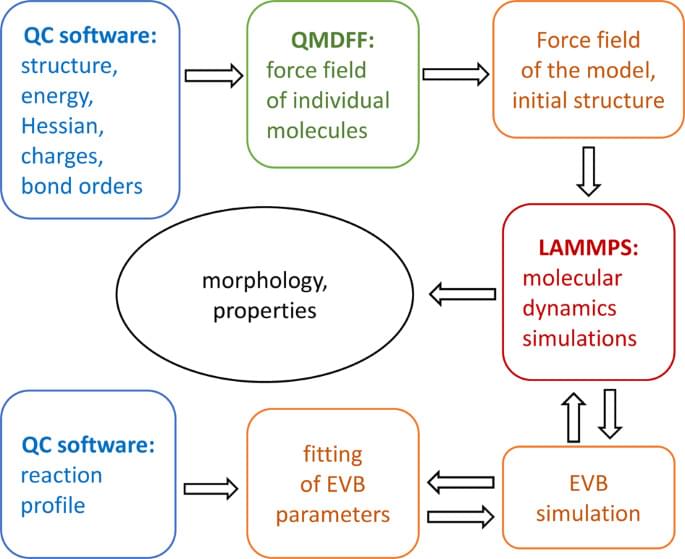Physics World
To get around this problem, Kanté and colleagues utilized photonic crystals. These are periodic structures, which, like electronic semiconductors, have “band gaps” – frequencies at which they are opaque. Like graphene in electronics, photonic crystals generally contain Dirac cones in their band structures. At the vertex of such a cone is the Dirac point, where the band gap closes.








